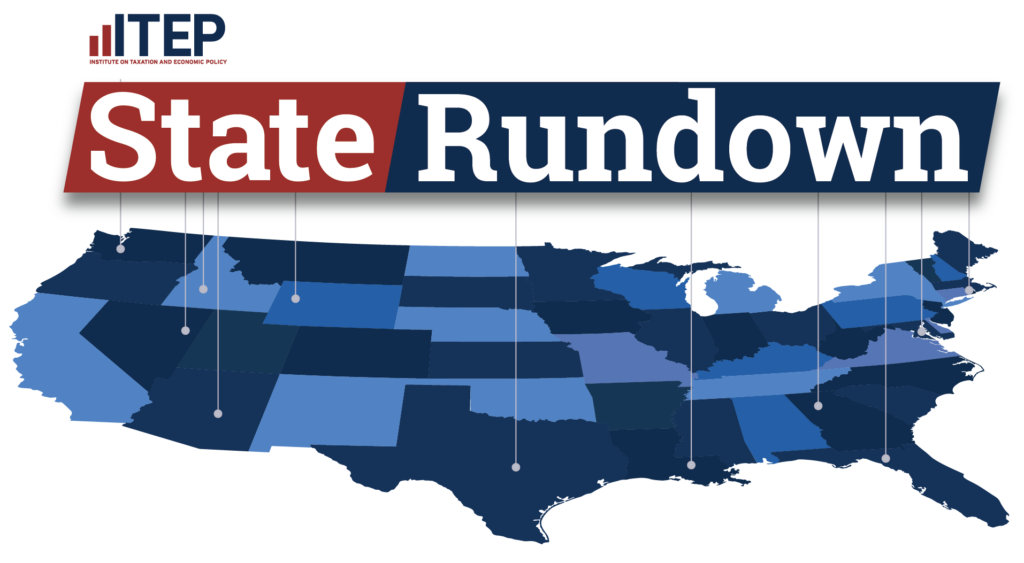Tuesday, November 8th 2011 2:02 PM
By GetSolar Staff.
With the technology steadily coming into its own, solar installations have grown across the world at an astounding pace. But critics argue that the industry relies too heavily on the wide variety of solar incentives provided by national, state and local governments.
To an extent, this remains true in many areas, where solar power has yet to reach grid parity without the help of tax breaks or feed-in tariffs. GigaOm reports that rising economic uncertainty could spur some countries to cut back on these solar subsidies, potentially hurting the market.
However, what many fail to understand is exactly how much support solar power’s rivals also receive. Reuters reports that the International Energy Agency projects that by the end of the current decade, worldwide subsidies for fossil fuels are scheduled to rise to as much as $660 billion. Already in 2010, global subsidies reached $409 billion and the biggest factors containing this growth are actually efforts by China, India and Russia to reduce fossil fuel consumption.
Though the numbers for 2010 have yet to be released, the IEA’s Clean Energy Progress Report notes that its 2010 World Energy Outlook estimated fossil fuel subsidies at $312 billion in 2009, compared to only $57 billion for renewable energy sources.
In the the U.S., Zachary Shahan of CleanTechnica put together numbers estimating the costs of renewable power subsidies and tax incentives compared to those offered to traditional fossil fuels and the darling of the Great Plains, corn ethanol. Between 2002 and 2008, total renewable incentives amounted to $12.2 billion, roughly evenly split between tax breaks and direct spending. Over the same period, fossil fuels received $16.3 billion in direct spending alone, with another $53.9 billion coming in the form of tax breaks. Meanwhile, corn ethanol received $16.8 billion and carbon capture received $2.3 billion.
Some of the expenses considered in these calculations take into account the health and environmental costs of fossil fuels that are often ignored in regulation, but the many other tax breaks are more straightforward.
Indeed, the energy industry shows up prominently in the recent report from Citizens for Tax Justice and the Institute on Taxation and Economic Policy, which tracked at what rate companies in the U.S. payed taxes between 2008 and 2010. The overall corporate tax rate for the hundreds of companies included amounted to 18.6 percent, slightly more than half of the purported 35 percent top rate.
Oil, gas and pipeline companies, though not among the worst, still averaged a 15.7 percent tax rate and at least one company, El Paso, saw a 1 percent return. Utilities proved far worse, averaging a 3.7 percent tax rate, with 13 out of 27 seeing a net return and Pepco reaching an astounding 57.6 percent return.
ReCharge reports that a growing number of industry executives would like to see renewables supported as well, however.
“We think that carbon regulation is inevitable. It’s just a matter of time,” James Rogers, chief executive of Duke Energy, which provides power in the Carolinas and the Midwest, told the news source.
WFPL reports that Kentucky’s reliance on its plentiful coal resources could prove costly for the state when stricter environmental regulations are eventually imposed, as the state will need to quickly develop new capacity, potentially at great costs.
Yet, high costs in some areas and lingering doubts have discouraged some utilities from investing in renewable sources, particularly given the the strong incentives offered for traditional power plants. Executives suggested to ReCharge that creating a policy that does not discriminate between energy sources would likely prove the most useful.



